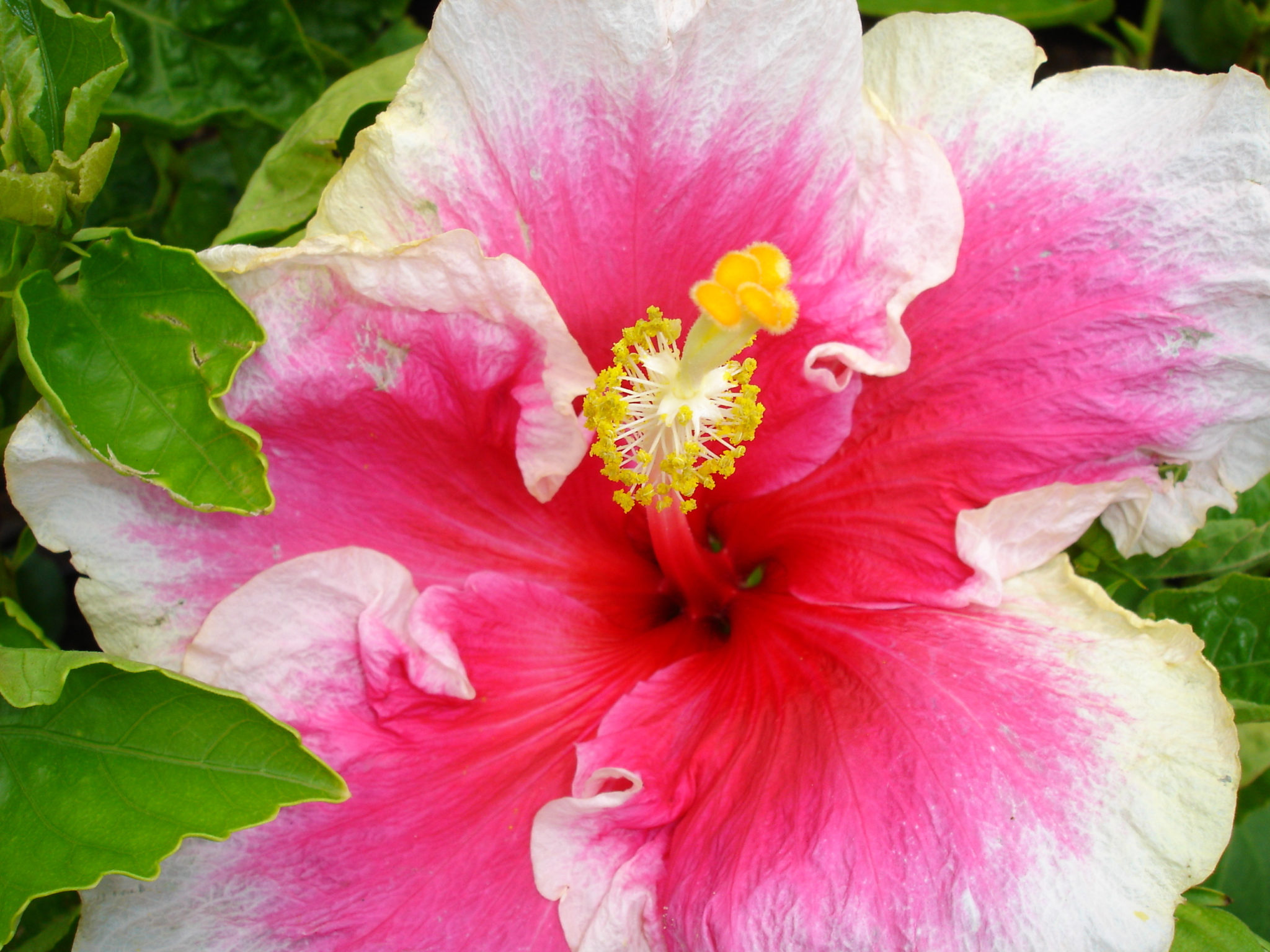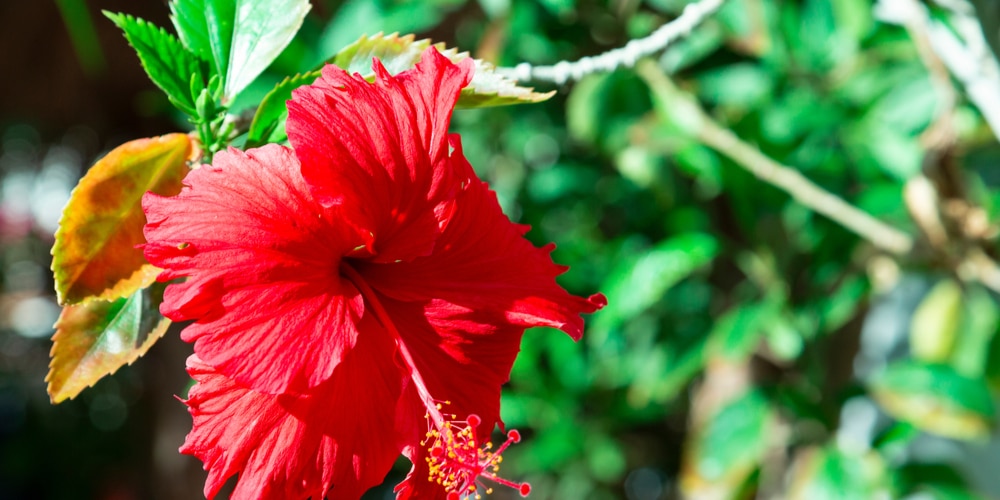Hibiscus plants are popular due to their tropical look and beautiful, brightly colored flowers. Indoor hibiscus with yellowing leaves and a lack of blooms than expected winter months maybe not getting enough sunlight. Lack of good light results in thin, stretched-out growth and poor blooming. Let’s look at why your Hibiscus has yellow leaves and what to do to improve your plant’s health.
Reasons a Hibiscus has yellow leaves
There are several reasons that your plant may be suffering. You must make changes to the way you care for your plant when the leaves begin to turn yellow; otherwise, your plant could die. Hibiscus has yellow leaves; why are they turning yellow? Let’s find out!
Lack of sunlight
Hibiscus need at least six to eight hours of direct sunlight daily, either from an eastern or western exposure, with no shade from 12:00 noon until 4:00 PM. They also appreciate a little morning sun on cooler days as sunlight is required for the photosynthesis process.
Too much sunlight
Ensure your plant isn’t left in the full sun as this can cause burning, leading to the foliage being dropped prematurely. Too much direct sun will burn leaves and stems, causing them to turn yellow and die back.
Nutrient deficiencies
A nutrient deficiency can cause the spaces between the leaf veins to turn yellow. The best way to fix this problem is by feeding your plants with chemical fertilizer or compost tea. When a lack of nutrition is the cause of your plant’s health problems, the yellow leaves will remain on the plant. You can test your soils for nutrient deficiencies and pH range and add some organic mulch or chemical fertilizer to improve the leaf color.
Underwatering
If your hibiscus plant isn’t getting enough water or humidity, the leaves may turn yellow in the long run. Most species of hibiscus are relatively drought-resistant, but they need to be watered regularly.
Aim to keep the soil moist at all times and don’t let the soil dry out completely. Yellowing leaves can be caused by a lack of water or lack of humidity. As hibiscus are tropical plants, they require humidity of around 50%. If you have an indoor plant, place a pebble tray underneath your plant to add moisture to the atmosphere.
Too much water or humidity
If the leaves have started to turn yellow and curl upwards over watering may be the issue. This could also be due to too much humidity. Sometimes people overdo it by providing too much water or humidity which causes root rot. You can test the soil with your finger to test moisture levels, don’t water your plant until the topsoil feels dry. Root rot can kill your plant by stopping the roots from receiving the nutrients and oxygen it needs.
If you’ve overwatered, you may be able to save your plant by repotting it using new soil and pot. You can also cut off any black and soggy roots and treat your plant using a fungicide. Please don’t reuse the soil, or it may infect other plants.
Hibiscus has yellow leaves: Temperature issues
If the leaf veins stay green, but the rest of the foliage has turned yellow, and there are brown spots along the edges, the temperature may be too cold. If your plant is cold, the whole leaf will look pale. Be careful not to leave hibiscus in a draught from a door, window, or the air conditioning.
Tropical plants such as Hibiscus and Pothos don’t like the cold; they will turn pale and start growing towards the light to try and get as much light as possible. This is likely the case if you live in a more temperate area where temperatures drop below freezing at night during winter or when it has been cloudy for some days, and your plant gets less sunlight than expected. You should only leave your hibiscus plant outside year-round if you live in USDA zones 10 to 12. If frost is expected in winter, you’ll need to overwinter your plant inside. The best temperature for hibiscus is between 55 and 75 °F.
Hibiscus has yellow leaves: Incorrect soil
Hibiscus requires soil that’s loose and well-draining. The earth shouldn’t be allowed to get soggy as this will cause root rot. You can add some stones or gravel to the bottom of your plant’s pot to help with drainage. Aim to create a pH that’s between 6.0 and 7.0.
Conclusion
The most likely reason a hibiscus plant starts to turn yellow is water, humidity or temperature issues, or a lack of light. Hibiscus plants are tropical and can turn yellow and die if the conditions are wrong. Don’t leave your plant outdoors during the winter if you live in an area where frost is likely.


